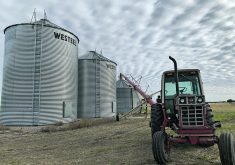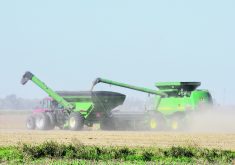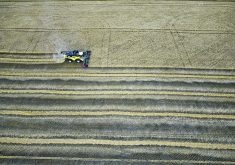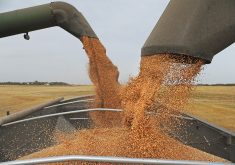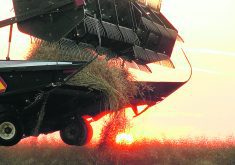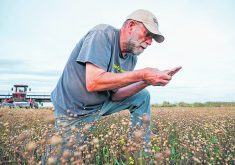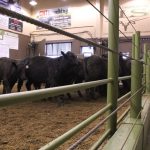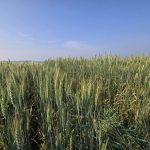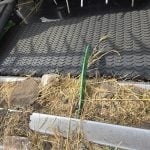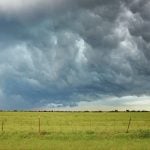Provincial crop reports note a need for fall rain and heavy snowfall this winter as soil moisture continues to decline
With the majority of harvest complete across the Prairies, government agriculture ministries are taking a look at the season as a whole.
Even with the last few acres of flax, canola, soybeans, oats and chickpeas still waiting for the combine, harvest in Saskatchewan is 98 percent done for the 2023 growing season.
Yields and quality have depended on which farmers received rain during vital parts of the growth cycle.
Mackenzie Hladun, crops extension specialist with Saskatchewan Agriculture, said farmers in the province’s southwestern and the west-central regions saw below average yields because of longer-term dryness that persisted from seeding to harvest. Many producers were surprised at the yields they did have, but overall, yields are below the 10-year average, she said.
Read Also
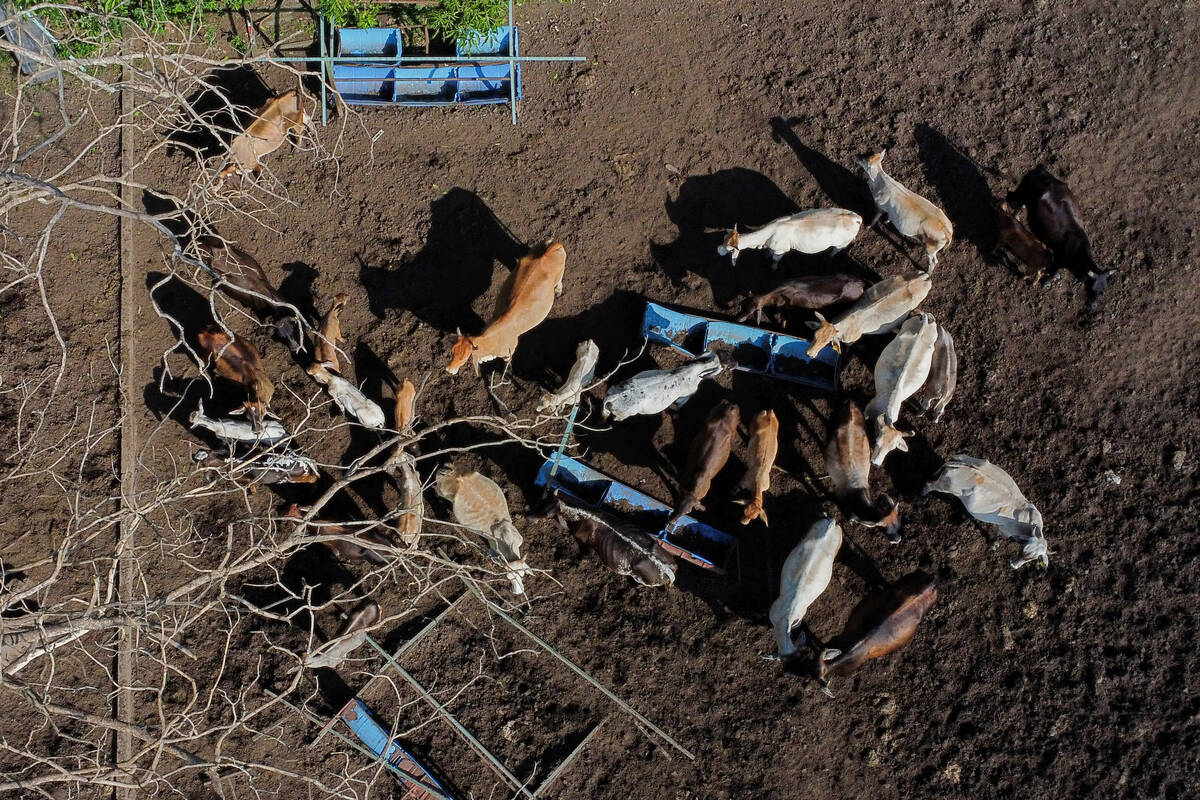
Cattle smuggling worsens outbreak in Mexico
Cattle being smuggled across Mexio’s southern border are making a screworm outbreak much more difficult to control.
“Obviously, there were some dry conditions that did hinder our yields in some regions, but our quality was still really unmatched.”
Recent rain has prevented some crops from drying down enough to be harvested. Flax will continue to grow if the moisture keeps coming, said Hladun.
“Quite a few producers like to go in after frost and cut out their flax… Those are just later maturing crops overall, so they just take a little bit longer to combine and they’re normally one of the last crops to come off.”
Manitoba is seeing the same trends with soybeans at 81 percent and canola at 94 percent.
Dennis Lange, provincial pulse specialist with Manitoba’s agriculture ministry, said there have been challenges with green plant matter this year.
With some warmer weather in the forecast, Lange said farmers should be able to take a bite out of their corn and sunflower acres, which were last reported at 23 and 22 percent complete, respectively.
Variability has also been an issue this year, he said.
“You can have a grower on field A that does 80 bushels on a spring wheat and four miles away, same variety and just different seeding date and lack of moisture, and I’ve seen growers down to 30 or 40 bu.”
Farmers saw lower yields when cereal harvest began in late July and early August, but numbers improved as the weeks progressed.
Some farmers even got to their soybeans earlier than normal, said Lange, with yields coming in at 20 to 25 bu. per acre at the beginning of September. By mid to late September, farmers were starting to see 30 to 40 bu. per acre.
In Alberta, where harvest is 99 percent complete, producers have been seeing improved dryland yields as more crop is harvested. Only four percent of canola and flax is still in the field,
“Major crop yields are estimated at 95.7 percent of the five-year average, an improvement of 2.1 percent over the last estimate reported on Oct. 3,” said the provincial crop report.
Jesse Cole, manager of insurance products and product innovation at Agriculture Financial Services Corp., said he is always surprised at the resilience of crops in dry years. The right moisture at the right time can make a world of difference to some farmers, he added.
“It’s surprising how resilient some of the crop varieties are now and some of the management practices that people have. But try telling somebody in Acadia that or somewhere that’s been dry for three years and they don’t have anything.”
Unlike Saskatchewan, Cole said Alberta farmers started out dry with some showers coming later in the growing season. However, he said a lack of rain also meant fewer hail claims.
The provincial reports also noted a need for fall rain and heavy snowfall during the winter as soil moisture continues to decline.
Cropland topsoil moisture in Saskatchewan is currently reported at 31 percent adequate, 44 percent short and 25 percent very short. Hay and pastureland are reported to be 27 percent adequate, 43 percent short and 29 percent very short.
The Manitoba crop report says most of the province is showing optimal to wet conditions for both zero to30 cm and zero to 120 centimetre depths with localized dry to very dry conditions in some regions.
In Alberta, Cole said there was some snow at the beginning of this week. While it’s uncertain whether it will stay or go, it is looking like the cold weather will stick around.
Farmers have seen a four percent decrease in good-to-excellent surface soil conditions with the provincial average sitting at 30 percent.
Regionally, good-to-excellent surface soil conditions range from seven percent in the south a two percent decrease, to 75 percent in the northwest, a seven percent decrease.
Information for this article is based on crop reports released on Oct. 19 and Oct. 20, respectively. This will be the final report for all three prairie provinces.





